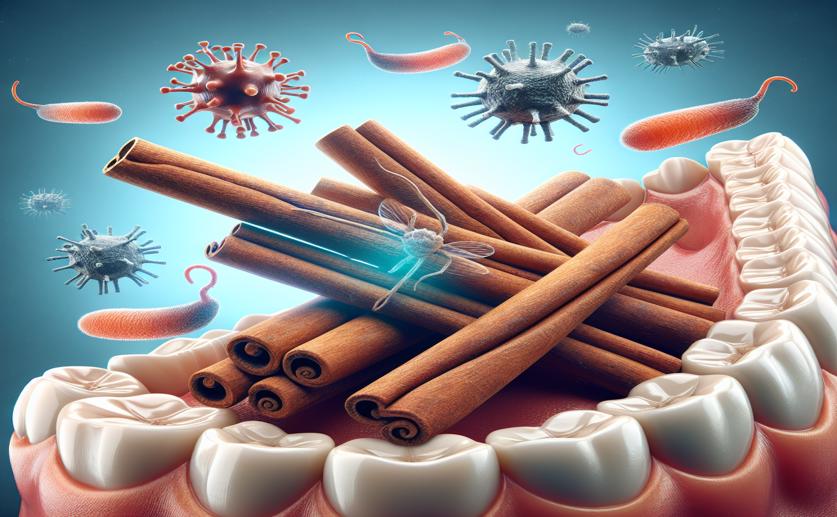
Using Natural Cinnamon Compound to Battle Tooth Decay Bacteria
Jim Crocker
15th January, 2024

Image Source: Natural Science News, 2024
References
Main Study
1) Trans-Cinnamaldehyde-Fighting Streptococcus mutans Using Nature.
Published 15th January, 2024
https://doi.org/10.3390/pharmaceutics16010113



 16th January, 2024 | Jenn Hoskins
16th January, 2024 | Jenn Hoskins